AMD has finally presented the new Radeon RX 6000 GPUs based on RDNA 2 architecture, the most powerful graphics cards for gaming produced by the Sunnyvale company. During the Where Gaming Begins event, Lisa Su and the AMD team illustrated all the news and models that we will soon see on the market: Radeon RX 6900 XT, Radeon RX 6800 XT, and Radeon RX 6800.
The wait has been very long and expectations are high, especially after the most recent benchmarks leaked on the net that want the top of the range AMD to beat the NVIDIA GeForce RTX 3080. Confirming what everyone expected, AMD presents three models of the Radeon RX 6000 on the market: Radeon RX 6900 XT, Radeon RX 6800 XT, and Radeon RX 6800.
These new cards will cover the high and medium-high end of the market, however, the Radeon RX 6000 range is expected to be completed later by the Radeon RX 6700 and RX 6600/6500 models.
Radeon RX 6000 graphics cards use next-generation Navi GPUs (Big Navi) based on RDNA 2 GPU architecture (26.8 billion transistors), an important evolution of RDNA, introduced as you will remember with the Radeon RX 5000 series graphics cards. As happened for the first generation RDNA, RDNA 2 also leads to a net increase in performance per watt, drastically optimizing performance thanks to a review of the processing units, now more efficient by 30% and with significantly higher operating frequencies.
Added to this is the use of 16GB of 16 Gbps GDDR6 VRAM, as well as the implementation of the Infinity Cache: a real 128MB on-die cache that allows to increase the bandwidth and significantly reduce latencies, guaranteeing a net boost especially in gaming at 1440p and 4K.
Together with Infinity Cache, AMD also talked about the new Smart Access Memory feature, a technology that allows Ryzen 5000 CPUs (on X570 and B550 chipsets) to have access to the fast GDDR6 VRAM of the GPU, significantly improving its performance in the gaming field up to 13%.
All these optimizations allow the next generation AMD GPUs to offer performance up to 2.2 times that of the top of the range Radeon RX 5000, the Radeon RX 5700XT.
An additional element introduced by AMD to optimize the performance of the Radeon RX 6000 is the Rage Mode One Click Overclocking mode. This new feature, integrated directly into the Radeon Software, allows you to enable a sort of automatic overclocks, squeezing additional MHz on the GPU to try to increase the frame-rate.
The Rage Mode functionality, in tandem with the AMD Smart Access Memory, will allow for a further increase in graphics performance. According to data provided by the company, this combination allows a Radeon RX 6800 XT to offer higher performance than that of a GeForce RTX 3080 in several scenarios.
The Radeon RX 6000 obviously supports DirectX 12 Ultimate and then DirectX RayTracing (DXR) and Variable Rate Shading (VRS), without forgetting the support for AMD FidelityFX, a toolkit for developers that will allow them to further improve the effects in games thanks also to a kind of hybrid rendering. Finally, let’s not forget that Navi GPUs with RDNA 2 also support AV1 decoding.
But let’s see in detail the technical specifications of the new AMD Radeon RX 6000 cards; regarding the form-factor, we point out that the company has used the same 2.5 slot design for all three models with a length of 267 mm.
AMD RADEON RX 6000 SERIES
| Graphics Card | AMD Radeon RX 6700 | AMD Radeon RX 6700 XT | AMD Radeon RX 6800 | AMD Radeon RX 6800 XT | AMD Radeon RX 6900 XT |
|---|---|---|---|---|---|
| GPU | Navi 22 (XL?) | Navi 22 (XT?) | Navi 21 XL | Navi 21 XT | Navi 21 XTX |
| Process Node | 7nm | 7nm | 7nm | 7nm | 7nm |
| Transistors | TBA | TBA | 26.8 Billion | 26.8 Billion | 26.8 Billion |
| Compute Units | TBA | 40 | 60 | 72 | 80 |
| Stream Processors | TBA | 2560 | 3840 | 4608 | 5120 |
| TMUs/ROPs | TBA | TBA | 240 / 96 | 288 / 128 | 320 / 128 |
| Game Clock | TBA | TBA | 1815 MHz | 2015 MHz | 2015 MHz |
| Boost Clock | TBA | TBA | 2105 MHz | 2250 MHz | 2250 MHz |
| FP32 TFLOPs | TBA | TBA | 16.17 TFLOPs | 20.74 TFLOPs | 23.04 TFLOPs |
| Memory Size | 12 GB GDDR6 | 12 GB GDDR6 | 16 GB GDDR6 +128 MB Infinity Cache | 16 GB GDDR6 +128 MB Infinity Cache | 16 GB GDDR6 +128 MB Infinity Cache |
| Memory Bus | 192-bit | 192-bit | 256-bit | 256-bit | 256-bit |
| Memory Clock | 14 Gbps? | 16 Gbps? | 16 Gbps | 16 Gbps | 16 Gbps |
| Bandwidth | 320 GB/s | 384 GB/s | 512 GB/s | 512 GB/s | 512 GB/s |
| TDP | TBA | TBA | 250W | 300W | 300W |
| Price | TBA | TBA | $579 US | $649 US | $999 US |
AMD Radeon RX 6900 XT Available on December 8
Leading the new AMD range will therefore be the long-awaited Radeon RX 6900 XT, an 80 Compute Units card (23.04 TFLOPS FP32) and 16GB GDDR6, capable – according to data provided by AMD – to battle with the GeForce RTX 3090, essentially priced at $500 lower compared to the RTX 3090 ($1499 vs $999).
RX 6800 XT and RX 6800 Release Date is November 18
The Radeon RX 6800 XT basically shares the same technical characteristics and the same TBP of 300W, but uses a slightly weakened GPU with 72 Compute Units which – data to hand – should correspond to 512 Stream Processors. It is therefore not surprising that in terms of performance we are facing the direct opponent of the NVIDIA GeForce RTX 3080, all with a computing power of 20.74 TFLOPS (always FP32).
The offer closes with the Radeon RX 6800, a model that looks more at consumption and which should be placed on the levels of the GeForce RTX 3070 presented recently and which offers 60 Compute Units (16.17 TFLOPS). The Total Board Power, in this case, goes from 300 to 250 watts, while the quantity of Infinity Cache at 128MB and VRAM (16GB) remains unchanged, as for the two top models. Radeon RX 6800, will obviously also be the cheapest model and at a price of $579, it is positioned at the performance levels of the GeForce RTX 2080 Ti, beaten in the tests proposed in many scenarios.
To counter Nvidia’s proposal blow for blow, however, AMD has yet to prove that it is able to offer ray tracing performance equivalent to that of the competitor. The good news, for now, is that cards with AMD RDNA 2 architecture support hardware acceleration of ray tracing thanks to Ray Accelerator technology and the DX12 Ultimate API, as mentioned above. Check the full presentation below.
https://www.youtube.com/watch?v=oHpgu-cTjyM

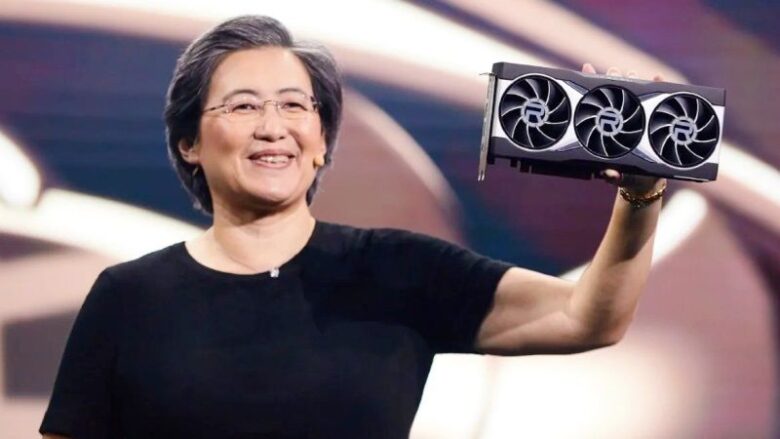



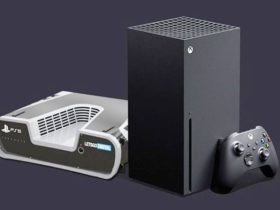
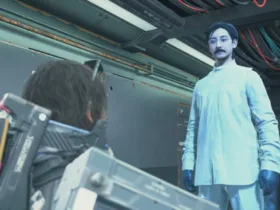
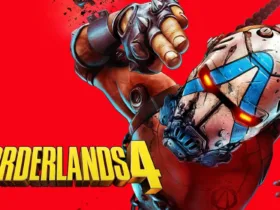
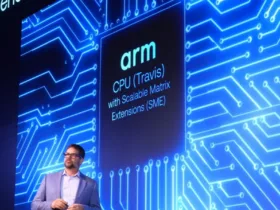
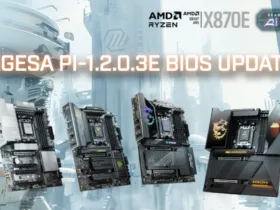
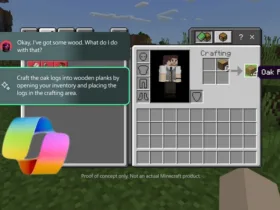
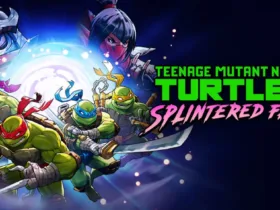
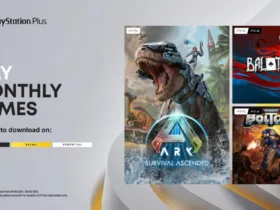
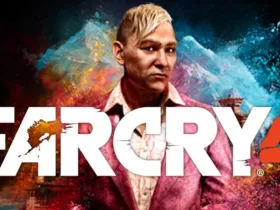
Leave a Reply